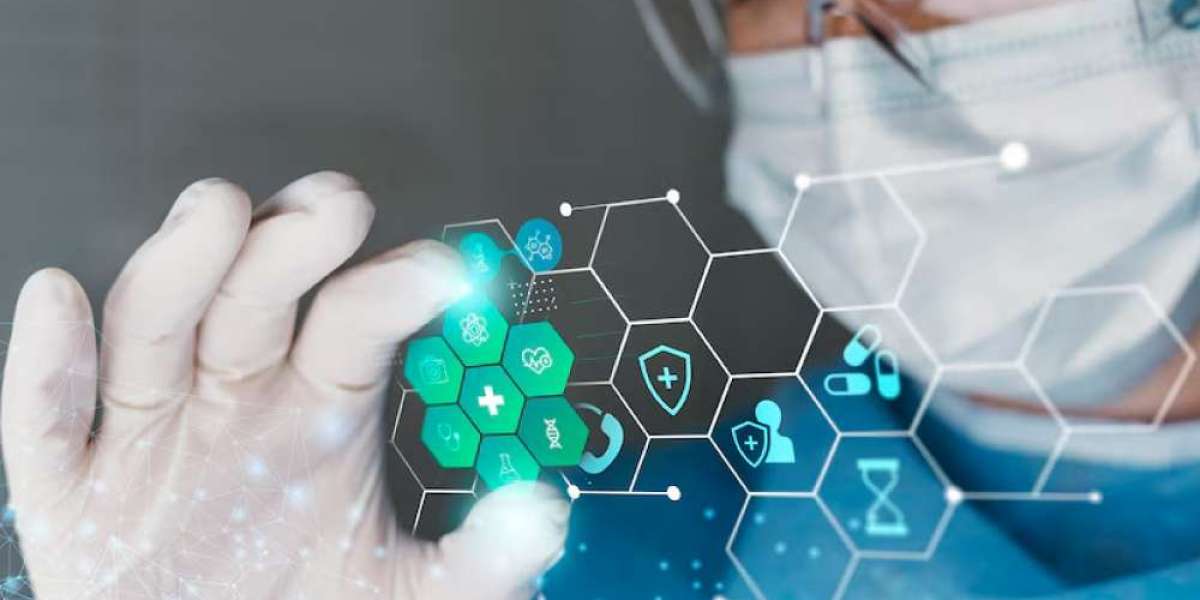Artificial Intelligence (AI) has made significant strides in recent years, with two prominent areas being Generative AI and Applied AI. These fields have seen substantial investment and innovation, each contributing uniquely to the advancement of technology and its applications across various sectors. In this blog, we will delve into the intricacies of Generative AI and Applied AI, examining their roles, impacts, and potential future developments. This discussion will provide valuable insights for students and professionals alike, enhancing their understanding and encouraging further exploration in these cutting-edge areas.
Understanding Generative AI
Generative AI is a fascinating subfield of artificial intelligence that focuses on creating new content from unstructured data, such as text, images, and videos. Unlike traditional AI models that perform tasks based on predefined rules and inputs, generative models learn patterns from existing data to generate novel outputs. This capability is powered by deep learning techniques, particularly Generative Adversarial Networks (GANs) and Variational Autoencoders (VAEs).
Key Applications of Generative AI
Content Creation: Generative AI has revolutionized the creative industries by enabling the automatic generation of high-quality content. This includes writing articles, composing music, designing graphics, and even producing entire videos. For example, AI-generated art has gained popularity, with some pieces being sold for substantial amounts at auctions.
Data Augmentation: In machine learning, having a large and diverse dataset is crucial for training effective models. Generative AI can augment existing datasets by creating synthetic examples, which helps improve the performance of AI systems, especially in fields like medical imaging and autonomous driving.
Personalization: Generative AI is used to create personalized experiences in various applications. For instance, AI can generate customized recommendations for users based on their preferences and behavior, enhancing user engagement and satisfaction.
Simulation and Modeling: In scientific research and engineering, generative models are used to simulate complex systems and predict outcomes. This capability is valuable in fields such as climate modeling, drug discovery, and financial forecasting.
Exploring Applied AI
Applied AI, on the other hand, leverages machine learning models for analytical and predictive tasks, significantly boosting efficiency and capabilities across various industries. Applied AI focuses on implementing AI techniques to solve real-world problems, making it an integral part of modern business operations and decision-making processes.
Key Applications of Applied AI
Predictive Analytics: Applied AI is extensively used in predictive analytics to forecast future trends and behaviors. For example, in finance, AI models predict stock market movements, assess credit risk, and detect fraudulent activities. In healthcare, predictive analytics helps in early disease detection and personalized treatment plans.
Automation: AI-powered automation is transforming industries by streamlining repetitive and time-consuming tasks. This includes robotic process automation (RPA) in manufacturing, AI-driven customer support chatbots, and automated data entry systems in various sectors.
Optimization: Applied AI optimizes complex processes and systems to enhance efficiency and reduce costs. In logistics, AI algorithms optimize routing and delivery schedules. In energy management, AI optimizes power consumption and distribution, contributing to sustainable practices.
Decision Support: AI models provide valuable insights and recommendations to support decision-making. For instance, in retail, AI analyzes consumer behavior to optimize inventory management and marketing strategies. In agriculture, AI helps farmers make data-driven decisions to improve crop yield and resource utilization.
The Intersection of Generative AI and Applied AI
While Generative AI and Applied AI serve different purposes, their intersection opens up new possibilities and synergies. Combining generative and applied techniques can lead to innovative solutions that leverage the strengths of both approaches.
Enhanced Data Analysis: Generative AI can create synthetic data to supplement real-world datasets, enhancing the training of applied AI models. This is particularly useful in scenarios where data is scarce or privacy concerns limit data availability.
Creative Problem Solving: Generative AI's ability to produce novel content can be harnessed for creative problem solving in applied AI contexts. For example, generative models can suggest innovative designs or solutions, which can then be evaluated and implemented using applied AI techniques.
Advanced Personalization: By combining generative content creation with applied predictive analytics, businesses can offer highly personalized experiences. This integration can lead to more accurate recommendations and tailored content that better meets individual needs and preferences.
Future Trends and Developments
The future of Generative AI and Applied AI holds immense potential, driven by ongoing research and technological advancements. Some anticipated trends include:
Improved Model Accuracy: As AI research progresses, we can expect generative and applied models to become more accurate and reliable. This will enhance their effectiveness in various applications, from content creation to predictive analytics.
Ethical and Responsible AI: With the increasing adoption of AI technologies, there is a growing emphasis on ethical and responsible AI development. Ensuring fairness, transparency, and accountability in AI systems will be crucial to their widespread acceptance and trust.
Integration with Other Technologies: The integration of AI with other emerging technologies, such as the Internet of Things (IoT) and blockchain, will unlock new possibilities. For instance, AI-powered IoT devices can enable real-time data analysis and decision-making in smart cities and industries.
Human-AI Collaboration: The future will see a greater focus on human-AI collaboration, where AI augments human capabilities rather than replacing them. This collaborative approach will lead to more innovative and effective solutions across various domains.
Conclusion
Generative AI and Applied AI are transforming industries by creating new content and enhancing analytical and predictive capabilities. Their applications span content creation, data augmentation, personalization, predictive analytics, automation, and optimization, among others. The intersection of these two fields holds exciting possibilities for future innovations, driven by ongoing research and ethical considerations.
For students and professionals seeking to deepen their understanding of AI, exploring these areas offers valuable insights and opportunities. Whether you are working on AI-related projects or seeking help with programming assignments, staying updated with the latest advancements in Generative AI and Applied AI will be beneficial. Embracing these technologies will not only enhance your academic and professional pursuits but also contribute to the broader landscape of AI-driven innovation.







